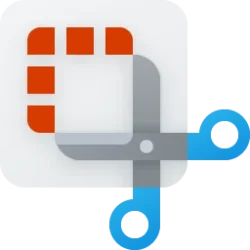nichung
Member
- Local time
- 4:11 PM
- Posts
- 3
- OS
- Windows 11 and Linux Ubuntu
Hello, not sure where to post this question. Mods please move if this is not the right place.
This is my first time trying to install Ubuntu on my PC, but I only have one ssd. The installation in the first place failed, and I could not boot Windows 11 from it anymore. I later installed Ubuntu on my external HDD and it worked. However, I think my windows OS files are overwritten and the SSD cannot be detected anymore (even in Ubuntu, it does not show up). May I know if the SSD is broken? My windows OS was Windows 11.
Thank you for your time.
This is my first time trying to install Ubuntu on my PC, but I only have one ssd. The installation in the first place failed, and I could not boot Windows 11 from it anymore. I later installed Ubuntu on my external HDD and it worked. However, I think my windows OS files are overwritten and the SSD cannot be detected anymore (even in Ubuntu, it does not show up). May I know if the SSD is broken? My windows OS was Windows 11.
Thank you for your time.
Attachments
My Computer
System One
-
- OS
- Windows 11 and Linux Ubuntu
- Computer type
- PC/Desktop
- CPU
- 12th Gen Intel(R) Core(TM) i5-12400
- Motherboard
- GIGABYTE H610M H V3 DDR4
- Memory
- PNY 8GB DDR4 2133 MT/s
- Graphics Card(s)
- N/A
- Monitor(s) Displays
- PHILIPS LCD 221V8/69
- Screen Resolution
- 1920 x 1080
- Hard Drives
- CS1031 500GB SSD M.2 2280 NVMe Gen3x4 SSD
- Case
- Slevcase A-Touch Micro ATX Casing






